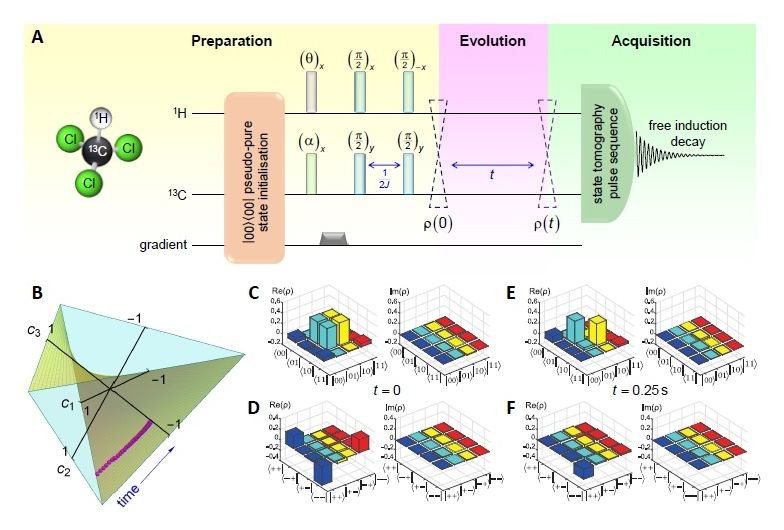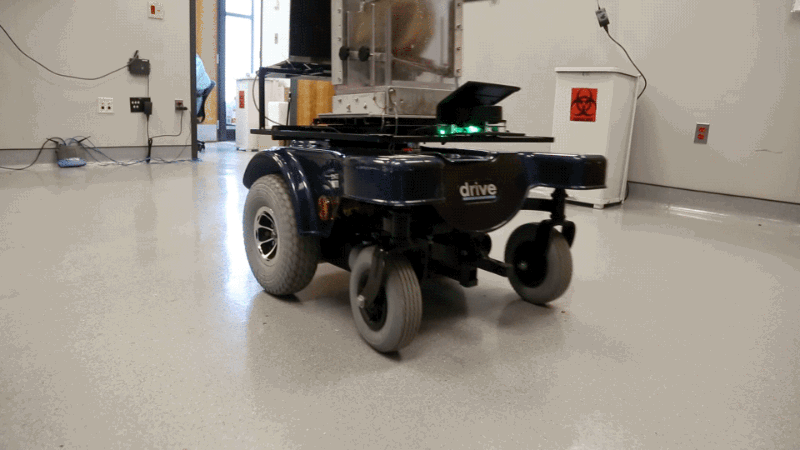
(Phys.org)—Physicists have implemented the first experimental demonstration of everlasting quantum coherence—the phenomenon that occurs when a quantum system exists in a superposition of two or more states at once. Typically, quantum coherence lasts for only a fraction of a second before decoherence destroys the effect due to interactions between the quantum system and its surrounding environment.
The collaboration of physicists, led by Gerardo Adesso at The University of Nottingham and with members from the UK, Brazil, Italy, and Germany, have published a paper on the demonstration of the extreme resilience of quantum coherence in a recent issue of Physical Review Letters.
“Quantum properties can be exploited for disruptive technologies but are typically very fragile,” Adesso told Phys.org. “Here we report an experiment which shows for the first time that quantum coherence in a large ensemble of nuclear spins can be naturally preserved (‘frozen’) under exposure to strong dephasing noise at room temperature, without external control, and for timescales as long as a second and beyond.”
Continue reading “Forever quantum: physicists demonstrate everlasting quantum coherence” »



















